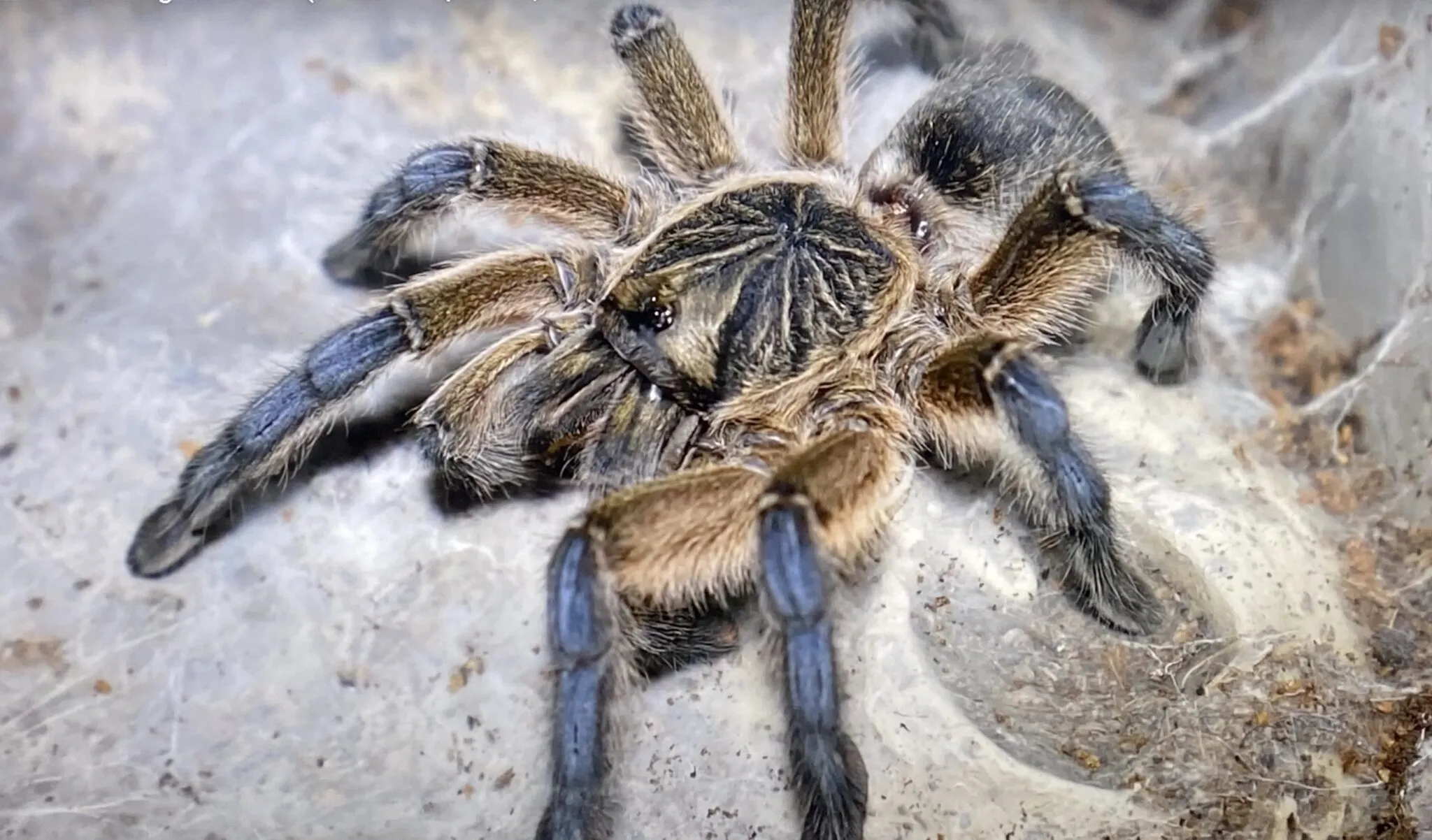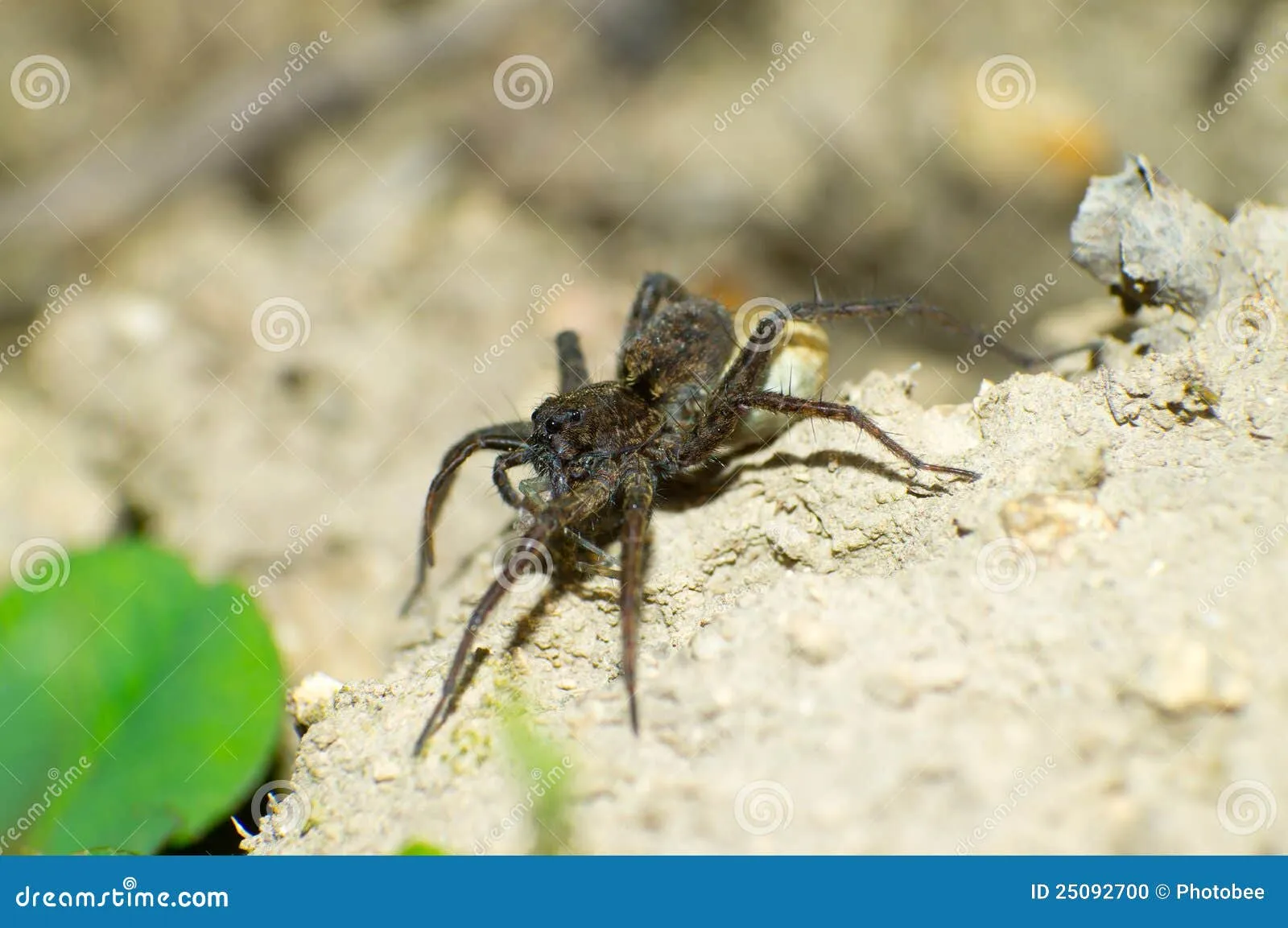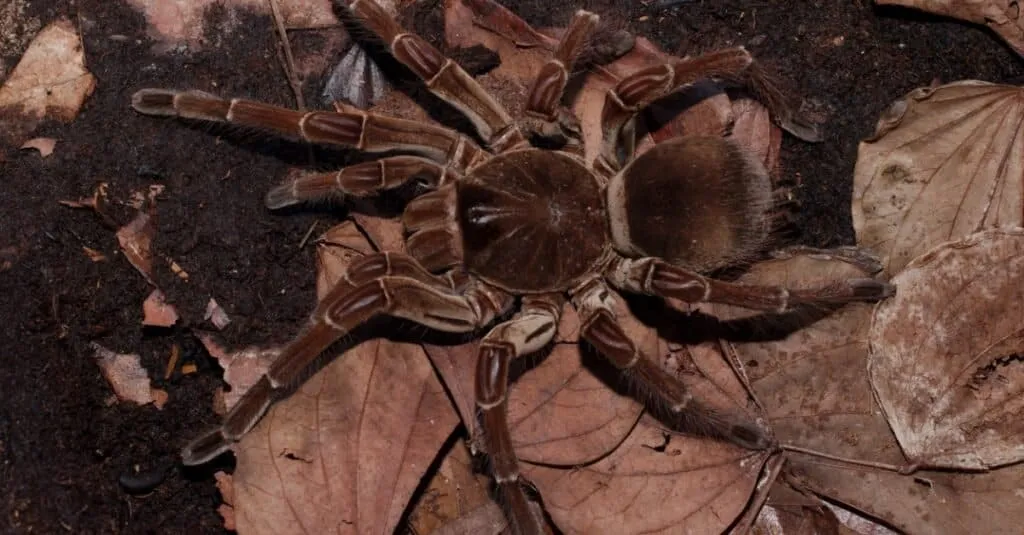Top 5 Tarantula Predators
Tarantulas, despite their intimidating size and appearance, are not at the top of the food chain. These large, hairy spiders are preyed upon by a variety of animals in their natural habitats. Understanding which animals eat tarantulas is crucial for appreciating the ecological balance of the environments where these spiders live. Several predators have adapted to hunt and consume tarantulas, showcasing the complex web of life in ecosystems around the world. The following facts highlight some of the most significant predators of tarantulas, providing insight into their hunting strategies and the impact they have on tarantula populations. This list offers a glimpse into the challenges tarantulas face in the wild and the natural selection pressures that shape their behavior and survival mechanisms. From the skies to the ground, these predators play a vital role in regulating tarantula numbers.
Birds as Tarantula Predators
Birds represent a significant threat to tarantulas, particularly various species of hawks, owls, and other raptors. These birds of prey possess keen eyesight and powerful talons, making them well-equipped to spot and capture tarantulas from above. The open habitats where tarantulas often reside, such as grasslands and deserts, provide birds with ample opportunities to hunt. Birds typically swoop down to snatch tarantulas from the ground, often targeting the larger, more vulnerable individuals. This predation by birds can significantly impact the tarantula population, especially during nesting seasons when the need for food is high. The hunting strategies of these avian predators showcase the importance of aerial surveillance in the tarantula’s environment.
The Role of Snakes in Tarantula’s Diet

Snakes, with their stealthy hunting techniques, also pose a considerable threat to tarantulas. Several snake species, including some larger colubrids and even certain venomous snakes, are known to prey on tarantulas. These snakes may ambush tarantulas in their burrows or stalk them on the open ground. The snake’s ability to access tarantulas in their underground habitats makes them particularly effective predators. The snake’s flexible jaws and potent venom (in some cases) allow them to subdue and consume tarantulas, contributing to the regulation of tarantula populations. The interaction between snakes and tarantulas underscores the ecological dynamics within their shared habitats, demonstrating how predator-prey relationships shape the natural world.
Mammals That Hunt Tarantulas
Certain mammals also include tarantulas in their diet. These predators include animals such as opossums, foxes, and even some species of skunks. These mammals, being opportunistic hunters, will consume tarantulas when the opportunity arises. They use their agility and adaptability to locate and capture tarantulas, whether they are out in the open or in their burrows. The impact of these mammalian predators can vary depending on the specific species and the local ecosystem. The inclusion of mammals in the list of tarantula predators illustrates the diverse range of species that can exploit tarantulas as a food source. This demonstrates how different animal groups interact in their shared environments and the interconnectedness of life.
Lizards and Other Reptiles’ Hunting Behaviors
Lizards, particularly larger species like monitor lizards and some tegus, are formidable predators of tarantulas. These reptiles, with their powerful jaws and quick reflexes, are well-suited to capturing and consuming these large spiders. Lizards often hunt tarantulas by ambushing them or digging them out of their burrows. The predatory behavior of lizards plays a significant role in controlling tarantula populations in regions where they coexist. The presence of lizards highlights another layer of complexity in the tarantula’s survival challenges. The hunting strategies of lizards, along with their impact on tarantula populations, further illustrates the variety of threats tarantulas face in their natural habitats.
Insects and Arachnids That Prey on Tarantulas

Besides the larger predators, certain insects and arachnids also prey on tarantulas, though their impact is often on smaller or more vulnerable spiderlings. Large centipedes and other spiders, especially those with potent venom or aggressive hunting strategies, may occasionally attack and consume tarantulas. While their impact is typically less than that of larger predators, these smaller creatures contribute to the ecological balance. The interaction between insects and arachnids with tarantulas illustrates the intricate web of predator-prey relationships that exist within ecosystems. This aspect demonstrates that even the smallest creatures can play a role in the survival dynamics of tarantulas. The constant threat from various predators ensures that tarantulas must remain vigilant.
Tarantulas have developed various defense mechanisms to survive in the face of these predators. These include their hairy bodies, which can irritate predators, their ability to flick urticating hairs, and their potent bite. They are also skilled at retreating into their burrows. The interaction between predators and tarantulas showcases the constant struggle for survival in the natural world, underscoring the importance of understanding the complex dynamics of predator-prey relationships.
Tarantulas are fascinating creatures that play a vital role in their ecosystems. Understanding which animals eat tarantulas offers insights into the challenges they face and the remarkable strategies they employ to survive. By exploring the predators of tarantulas, we gain a deeper appreciation for the intricate balance of nature and the delicate relationships that sustain life in the wild. The survival of tarantulas relies on their ability to avoid being preyed upon by a variety of animals, from birds to snakes, mammals, and even other arachnids. Observing these interactions allows us to better understand the complex interactions that define the world of tarantulas.
